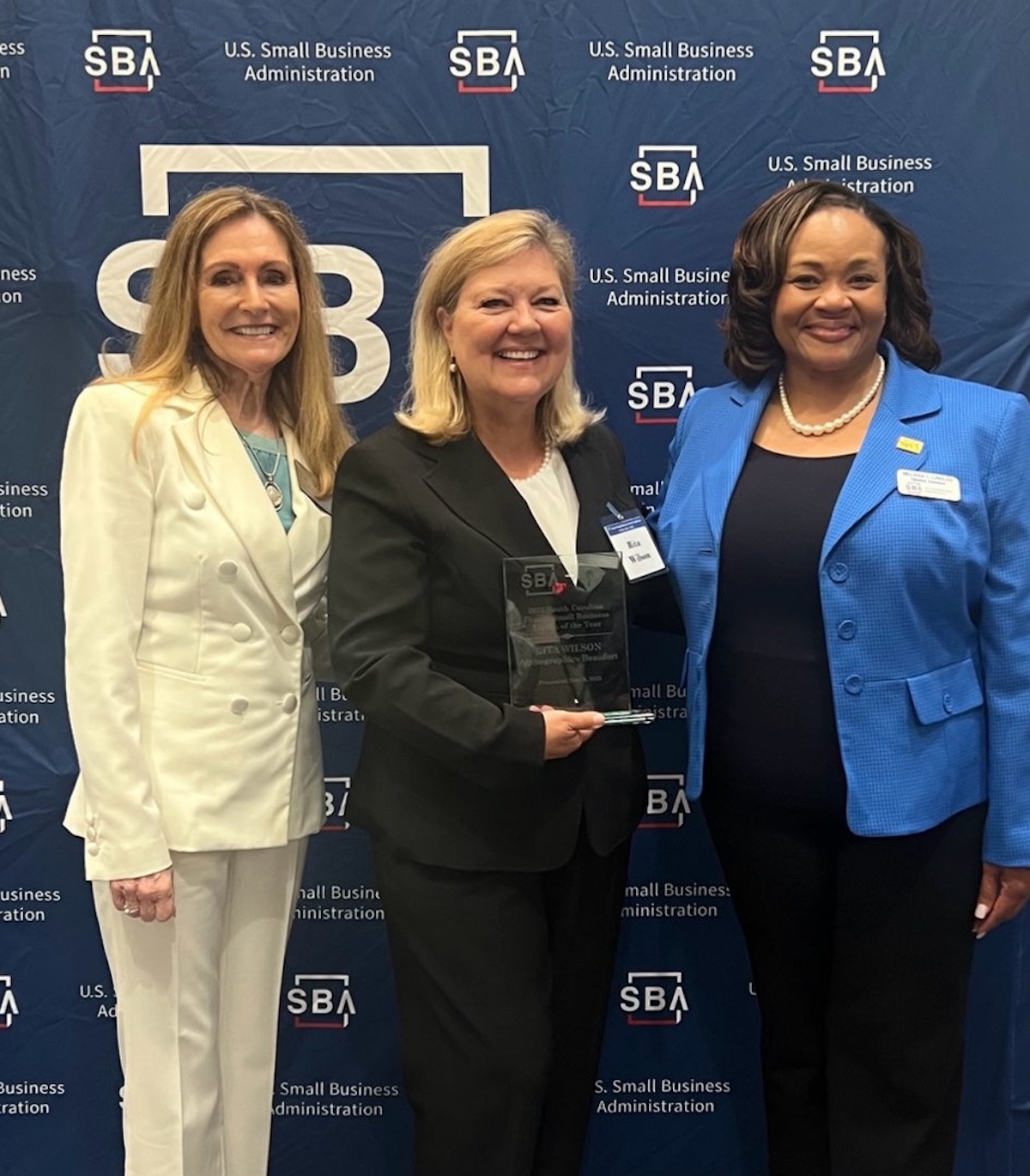Using this checklist will help ensure you’re working toward your financial goals and prepared for the upcoming tax season. Keep in mind most investment-related strategies to help manage this year’s tax bill must be implemented no later than December 31, 2023. Keep in mind December 29 is the last day the markets will be open this year.
- Review your portfolio with your financial advisor to help ensure your asset allocation still aligns with your goals. Market activity may have created a need to rebalance your portfolio by selling some investments and purchasing others to bring it back to your intended allocation.
- Ask your financial advisor for a realized and unrealized gain/loss report to assess the income and capital gains or losses you may receive this year.
- Determine whether the 0% capital gains rate may apply to your situation. Net long-term capital gains and/or qualified dividends may be added to other taxable income net of deductions. If the sum is $44,625 or less (single filers) or $89,250 or less (married/joint filers), long-term capital gains and/or qualified dividends may be taxed at 0%. For sums above these thresholds, 15% and 20% capital gains tax brackets apply.
- Review tax-loss selling strategies if you have realized capital gains. If you wish to realize a loss but keep your exposure to the security, remember that November 28, 2023, is the last day to “double up” a position (buy additional shares of the investment you want to sell on December 29 to realize a loss) while not violating the wash sale rule. If you violate the wash sale rule, you won’t be able to claim the loss on this year’s taxes.
- Meet with your tax advisor to prepare preliminary tax projections and evaluate whether to accelerate or defer income and expenses.
- Determine if any adjustments are needed to your tax withholding or estimated tax payments.
- Make maximum contributions to your employer-sponsored retirement account, such as a 401(k) or 403(b); if contributing to an IRA, the deadline is April 15, 2024.
- Develop a plan to complete charitable and family member gifts by year-end.
- Consider funding a Flexible Spending Account (FSA) and/or Health Savings Account (HSA) during your employer’s annual benefits enrollment period, if you’re eligible. Also, review FSA balances. Remember, FSAs typically operate on a use-it-or-lose-it basis, which means you could lose any money left in the account after year-end.
- Prepare for filing tax returns by organizing records or receipts for income and expenses.
Our firm is not engaged in rendering legal or tax advice. If legal or tax assistance is required, the services of a competent professional should be sought.
This article was written by/for Wells Fargo Advisors and provided courtesy of Katie C. Phifer, CERTIFIED FINANCIAL PLANNER™, RICP® and First Vice President-Investment Officer in Beaufort, SC at 843-982-1506.
Investment and Insurance Products are:
• Not Insured by the FDIC or Any Federal Government Agency
• Not a Deposit or Other Obligation of, or Guaranteed by, the Bank or Any Bank Affiliate
• Subject to Investment Risks, Including Possible Loss of the Principal Amount Invested
Wells Fargo Advisors is a trade name used by Wells Fargo Clearing Services, LLC, Member SIPC, a registered broker-dealer and non-bank affiliate of Wells Fargo & Company. PM-05172025-6106428.1.1







